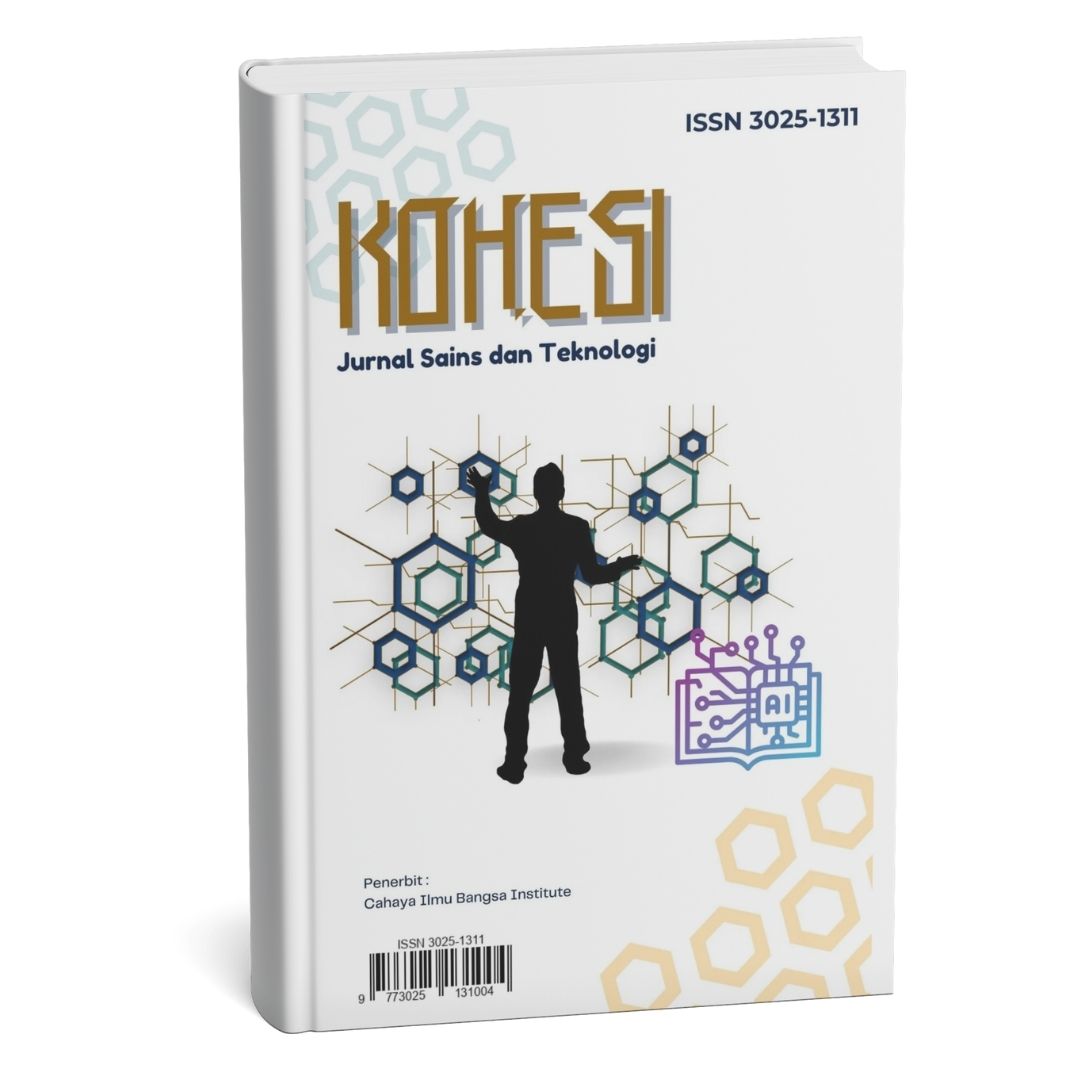RANCANG BANGUN ALAT PENDETEKSI TANAH LONGSOR BERBASIS IOT DAN NOTIFIKASI TELEGRAM
Main Article Content
Abstract
Tanah longsor merupakan bencana alam yang kerap terjadi di Indonesia, terutama di wilayah pegunungan, perbukitan, dan dataran tinggi, yang dapat menimbulkan kerugian materi maupun korban jiwa. Untuk mengatasi keterbatasan sistem pendeteksi yang ada, penelitian ini mengembangkan alat pendeteksi tanah longsor berbasis Internet of Things (IoT) yang dilengkapi dengan fitur peringatan dini melalui aplikasi Telegram. Sistem ini menggunakan sensor MPU6050 untuk mendeteksi kemiringan tanah, sensor kelembaban tanah untuk memantau kadar air, serta modul GPS Neo 6M untuk menentukan lokasi alat. Data dari sensor dikirim ke server Adafruit IO melalui komunikasi LoRa dan dianalisis secara real-time. Ketika kemiringan tanah melebihi 27° dan kelembaban mencapai 56%, sistem secara otomatis mengaktifkan buzzer dan mengirim notifikasi ke petugas. Hasil pengujian menunjukkan bahwa sistem mampu mendeteksi perubahan kondisi tanah dengan akurasi yang baik, dengan rata-rata error sebesar 1,78% pada sensor MPU6050, 1,98% pada sensor kelembaban tanah, dan 23,44 meter pada modul GPS. Sistem juga mampu memantau tren peningkatan kemiringan dan kelembaban tanah yang mencapai ambang batas kritis, terutama pada malam hari. Dengan demikian, alat ini dapat memberikan peringatan dini secara cepat dan akurat, mendukung upaya mitigasi bencana tanah longsor di daerah rawan
Landslides are a natural disaster that frequently occurs in Indonesia, especially in mountainous, hilly, and highland areas, causing material losses and casualties. To overcome the limitations of existing detection systems, this study developed an Internet of Things (IoT)-based landslide detection tool equipped with an early warning feature via the Telegram application. The system uses an MPU6050 sensor to detect ground inclination, a soil moisture sensor to monitor water content, and a Neo 6M GPS module to determine the device's location. Data from the sensors is transmitted to the Adafruit IO server via LoRa communication and analyzed in real-time. When soil inclination exceeds 27° and moisture reaches 56%, the system automatically activates a buzzer and sends notifications to personnel. Test results show that the system can detect changes in soil conditions with good accuracy, with an average error of 1.78% for the MPU6050 sensor, 1.98% for the soil moisture sensor, and 23.44 meters for the GPS module. The system is also capable of monitoring trends in increasing soil slope and moisture levels that reach critical thresholds, particularly at night. As a result, this device can provide rapid and accurate early warnings, supporting efforts to mitigate landslide disasters in high-risk areas.
Article Details
Section
This work is licensed under a Creative Commons Attribution-NonCommercial 4.0 International License.

